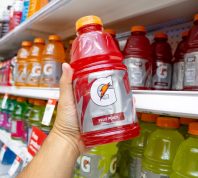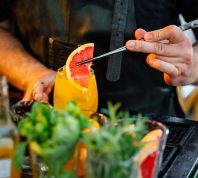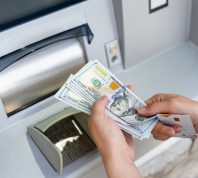What It Was Like to Live Without Today's Technologies We Totally Take for Granted
We had actual encyclopedias instead of Wikipedia.

It's hard to imagine life before technology. What if you had to get through a day without the internet? What about going on a road trip without Google Maps? Or getting gifts in a pinch without Amazon? That all probably sounds nearly impossible these days. But not only did we do it a few decades ago, some of us even miss those simpler times. We managed to get just as much accomplished, but we just did it a little differently.
Today's modern conveniences are easy to take for granted, but it's important to look back on just how far we've come. "There's a great saying that if we don't know where we come from, how can we know where we are going?" says Francine Cefola, co-author of the new book Tell It To the Future. "I am a firm believer that we learn from the past, and if we ignore things we can't conceptualize because it seems too archaic or slow or unproductive, we miss understanding how we got to where we are today."
In case you don't remember life before technology took over and made everything "easier," here's a glimpse of how different the world was in the 20th century. And for more on how far we've come, This Is What Dating Looked Like More Than 50 Years Ago.
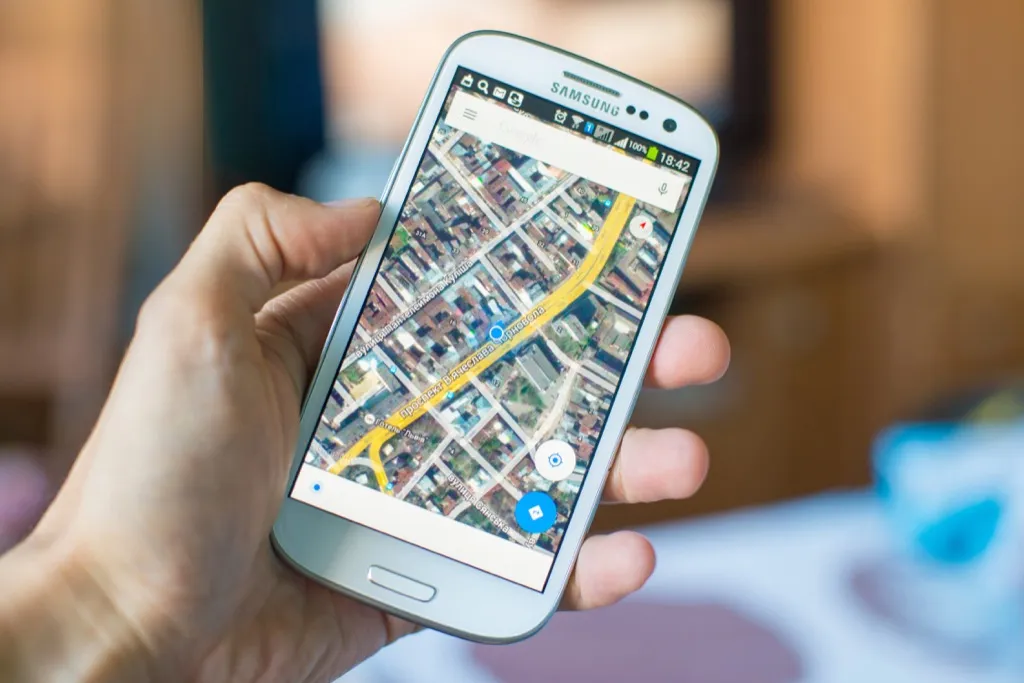
Anyone who took numerous road trips in the 20th century didn't have Google Maps handy. Instead, we had to take our atlases along for the ride. Spiral-bound and just over 160 pages, these atlases contained highway and road information on all 50 states. But navigating from point A to point B was still tricky. And because the atlases were only updated once a year, the information wasn't always accurate.
Peter Dalbis, 76, of Oak Park, Illinois, remembers being on the open road, guided only by his not-always-trusty Rand McNally road atlas. "Sometimes there were missing roads," Dalbis said. "Or a road on the map that didn't technically exist. But we'd figure it out. You can't be complacent with an atlas, not like those people who put all their trust in a GPS. We never drove a car into a swamp because our Rand McNally told us to, I'll tell you that much."
If an atlas was ever lacking important travel information, Dalbis says he'd pull into a visitor's center. "They'd know the exact change you needed for tolls, and if there was any construction ahead we needed to worry about," he said. "After a long day on the road, it could just be nice to hear another human voice. Plus, they had maps, too. Free maps!"

If you wanted to send a message to someone without actually talking to them before the 2000s, you had to write them a letter. Yes, a letter—by hand, with paper and a pen or pencil. And then you had to go to the nearest post office to buy stamps.
The messages involved a little more effort and many people feel like it was a healthier way of communicating. "Letters have always been a nice way to show someone when they are gone that you're thinking about them," Mike Stouffer, of Wausau, Wisconsin, told CNN, referring to the notes he'd send to his wife Bobbi in the early 1990s. "They helped our relationship develop in a big way."
Floridian Uf Tukel told CNN: "E-mail can never replace the excitement and thrill of receiving and opening a personal letter."
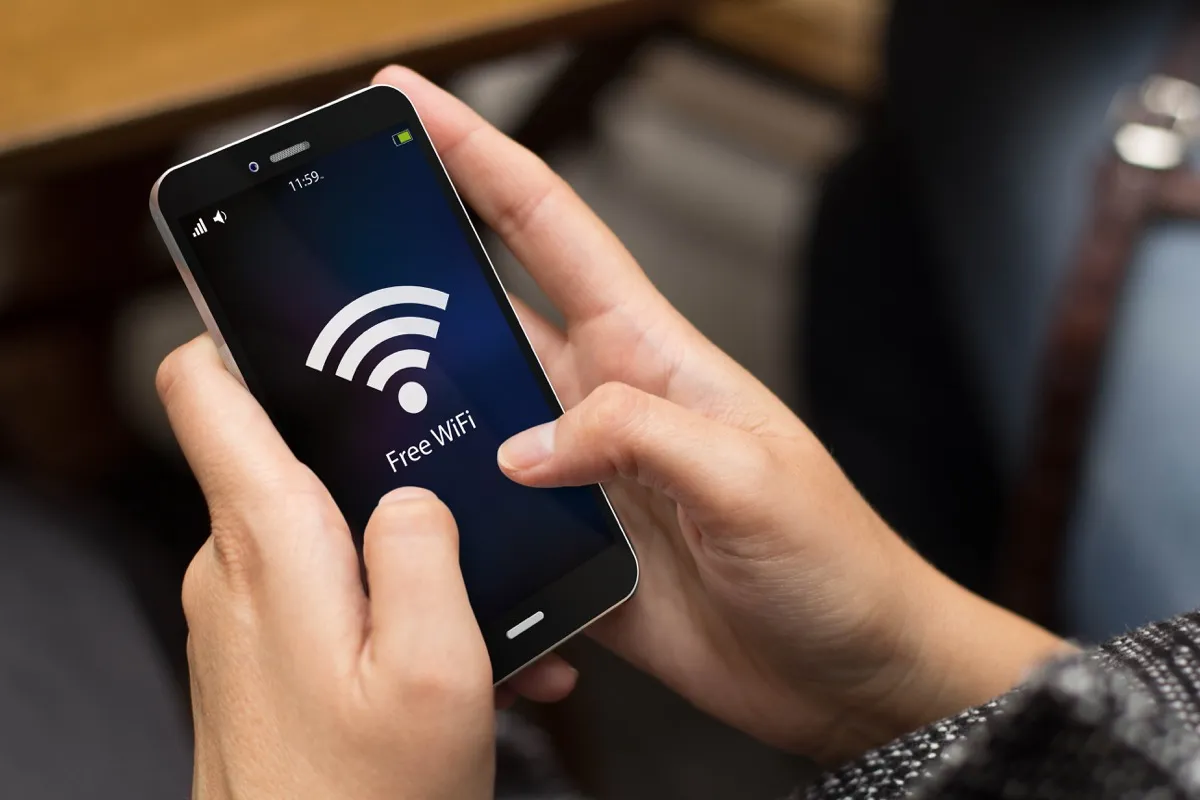
Long before Wi-Fi was a reality, the only way to go online was with dial-up internet access. Margaret Weiss, a life and finance coach in New Jersey, reminisced on Quora about the early days of the internet. "[You'd need] a regular landline, which you would then pluck out of the wall socket, and connect the cord to your machine," she wrote. You'd also need a monthly internet subscription. And in 1998, it would cost you $21.95 a month for an unlimited connection to AOL.
Christopher Burke, a software developer from Seattle, wrote on Quora about the hassles of the dial-up internet days. "If you have only one phone line, you have to make sure nobody else in the house picks up the phone to dial while you're connected to the internet, or your connection will 'drop' and you'll have to dial in again," he recalled.
"Some cities had only one or two dial-up numbers, each connected to a switching system and a bank of maybe 10 or 100 modems. So during busy times of day, you might not be able to connect to the internet at all because all of the modems were in use by other users." And everyone remembers the noise you'd hear as you dialed in.
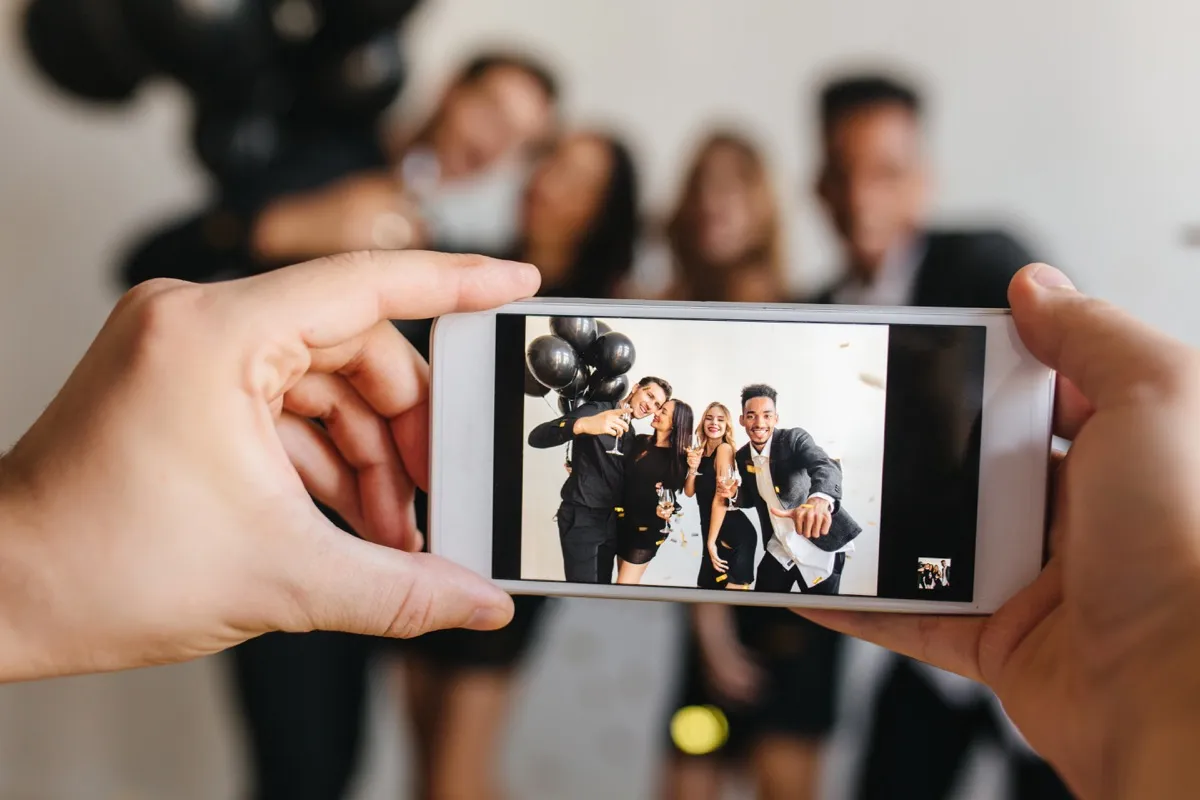
Florida resident Barbara Lichtenwalter's entry into photography was with a Beseler Topcon Automatic 100 film camera. (The original user's manual is 60 pages long and contains detailed instructions on everything from shutter speed, to depth of field distance charts, to the 11-step process to load the camera.) "It took me weeks to learn how to take a decent photo," she said.
And with film, seeing what you photographed was anything but immediate. "You mailed away the film or took it to a film developer and you'd get it back in about a week. Then you'd see if you had anything in focus or the right colors," she explained.
That said, even back in the day, you could still take a "selfie" of sorts, as long as you were fast and your camera came equipped with a timer. "You could prop [the camera] up and run to where it was aimed and a week later you'd find out if you were actually in the photo," Lichtenwalter said.

Getting money to a friend or family member in the days before Venmo invariably required face-to-face contact. "If you owed somebody 20 bucks, you had to get the physical currency—either from an ATM or by walking into your bank's branch and requesting a withdrawal from one of the tellers," explained Chad S. of Portland, Oregon. "And then you had to bring that cash to the person you owed it to and hand it directly to them."
Or you could use a check. But that was, as Chad said, "a whole thing." "I paid a lot of debts by handing people a personal check. But it doesn't have the immediacy of cash," he explained. "They have to bring that check to their bank, sign the back of it, and fill out a deposit form, and then wait up to three days, and sometimes much longer, for the money to clear in their account."
Things were considerably more difficult if you lived in a different city than the person you were trying to send money to. "You could mail them a check," he said. "You could also mail them cash, which my grandparents sometimes did, but that was always dangerous. I remember my parents telling me, 'If you're going to mail cash, make sure it isn't visible through the envelope.' So we'd wrap cash in paper or a greeting card or something to conceal it." And then, again, there was a wait involved. "A letter could take several days to get to somebody," Chad said. "And sometimes weeks."

It wasn't too long ago that e-cigarettes and vaping didn't exist, but things have changed so quickly. On Quora, Kevin Bryant, a Brit who quit smoking after 25 years, reminisced about his favorite part of smoking cigarettes: "the satisfaction of unwrapping a new pack." He went on: "The crinkling of the surrounding wrap, the smell of the fresh tobacco—the odour [sic] of adulthood, of choice, of freedom, of relaxation."
Bryant also wrote about the context in which he smoked (i.e., indoors), which was largely allowed in major U.S. cities until the 2000s. He recalled heading to a pub and getting "a pint of warmish British beer, chatting about the serious and trivial in the smoky atmosphere with the jukebox blaring in the corner."
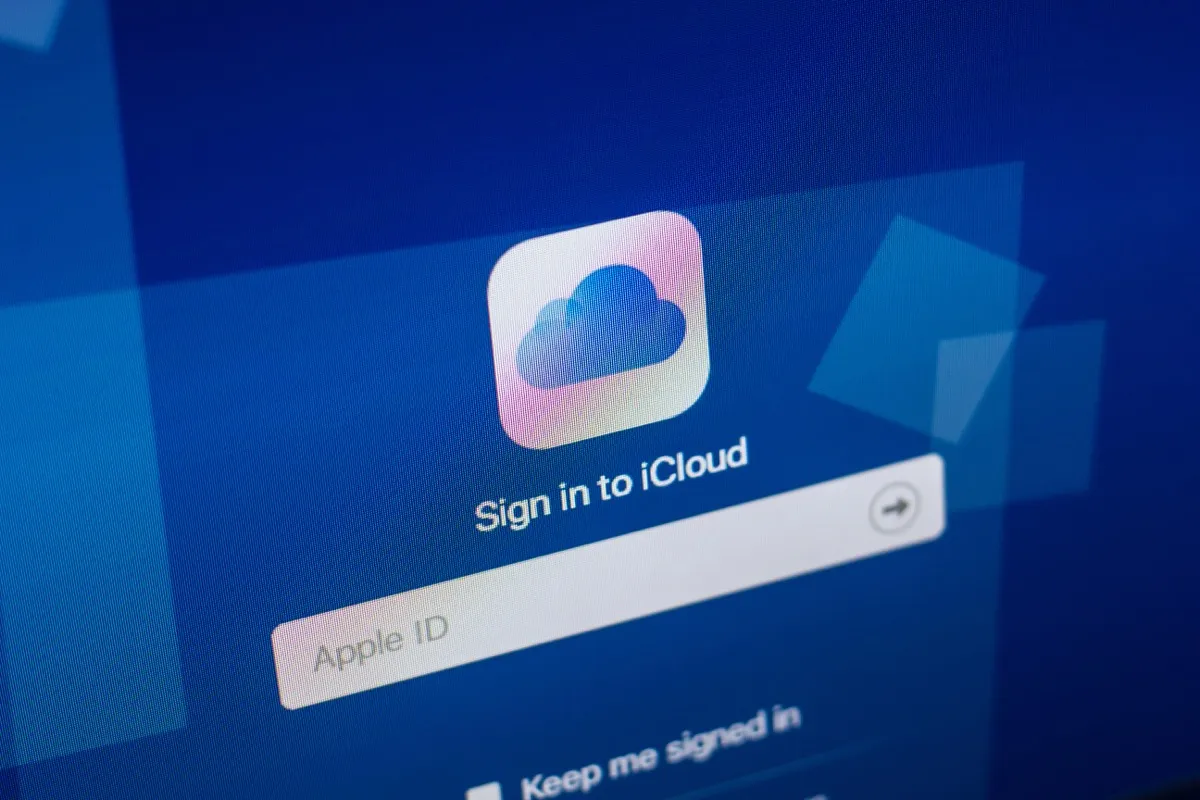
Even when personal computers became the norm in the mid to late 1990s, we still didn't entirely trust technology to keep our files safe and secure. So if there was an important document you absolutely needed access to, you'd print it out on paper.
On Quora, Arizona resident Tom Crosley recalled his father's office being "taken up by filing cabinets." He added that his dad "also had a walk-in safe, similar to the ones found in banks, and it was filled with more filing cabinets. The safe was not there because of a theft worry, but because it was fireproof." Crosley's father employed an entire staff of filing clerks whose sole job was to "retrieve, file, and update records kept in this cabinets."
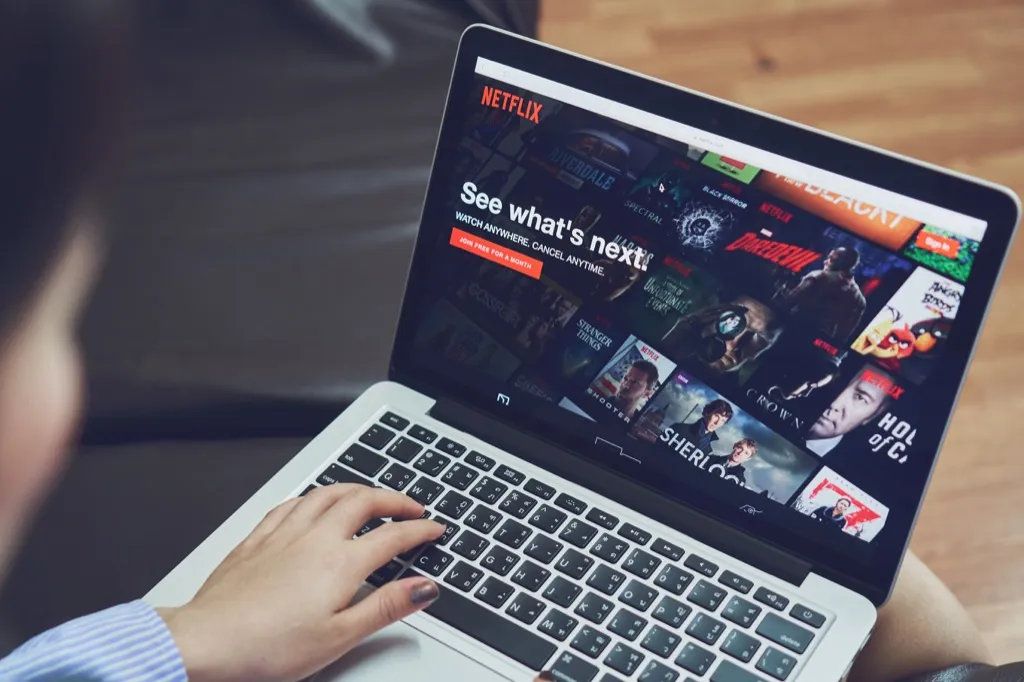
Seeing the hottest new movie during the 20th century wasn't as easy as streaming it on your smartphone or adding it to your Netflix queue.
"You had to go to a theater," explained Adam Cole from Atlanta. If you didn't catch a film during its original run, you'd have to wait for it to air on TV "in an edited form with commercial interruptions," Cole pointed out. That would take months… or even years!
For example, Star Wars, which was originally released on May 25, 1977, wasn't available for pay-per-view subscribers until 1982, and it didn't come to HBO until 1983. That's a six-year wait! "Theater was really the only way to actually see a movie the way it was meant to be seen," Cole said. "I stood in line for two hours to get a ticket to The Empire Strikes Back, and then stood in another line for an hour and a half to get into the theater."
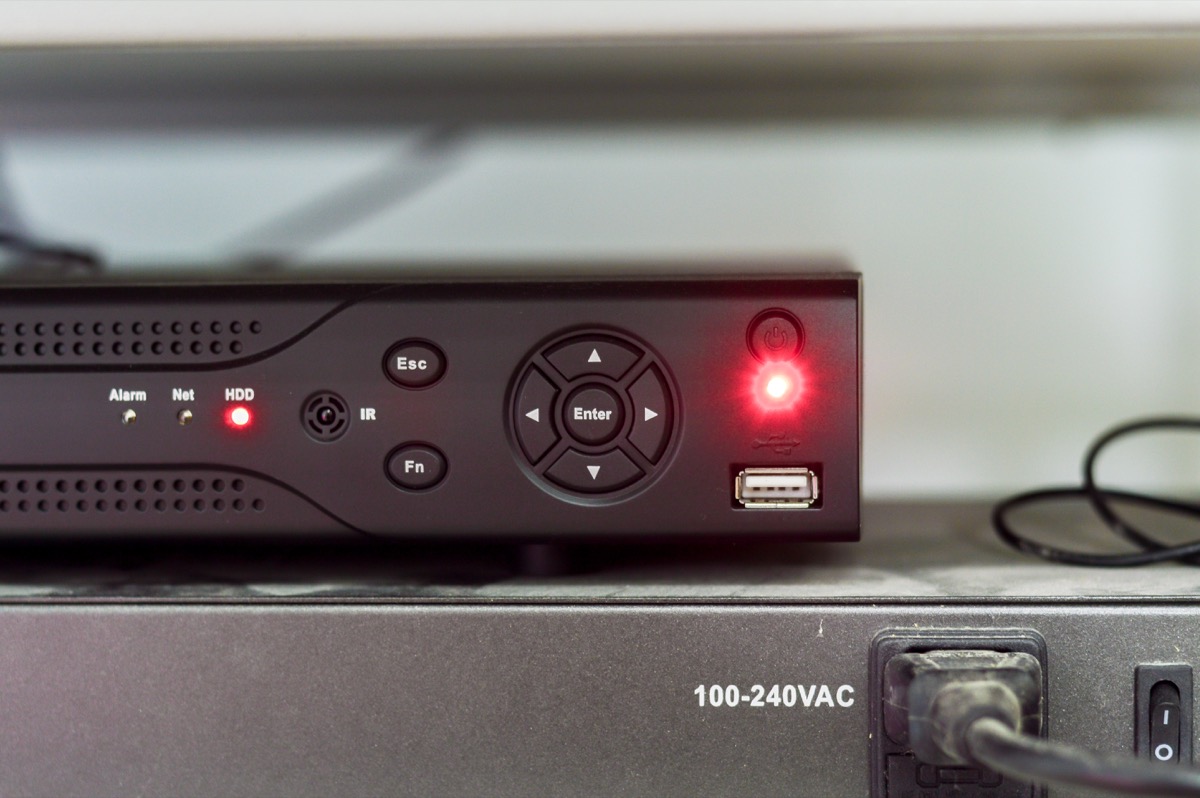
As recent as the mid-'00s, if you weren't available to watch your favorite TV show live, you were out of luck. There was no Hulu or On Demand service to catch it on the next day.
Your only choice in the '80s and '90s was to try to record the episode you knew you'd be missing via your VCR. But even that wasn't a surefire success. As one commenter explained on MetaFilter, "The VCR didn't have its own tuner, and needed the cable box, and there was no communication between the devices," he wrote. As a result, "you would have to set the channel on the cable box and then the timer on the VCR. Mess either up, and you miss your show." Anyone born before 1990 probably remembers that gut-wrenching feeling of 90210 not recording, or learning your parents had taped over your favorite episode while trying to record NYPD Blue.
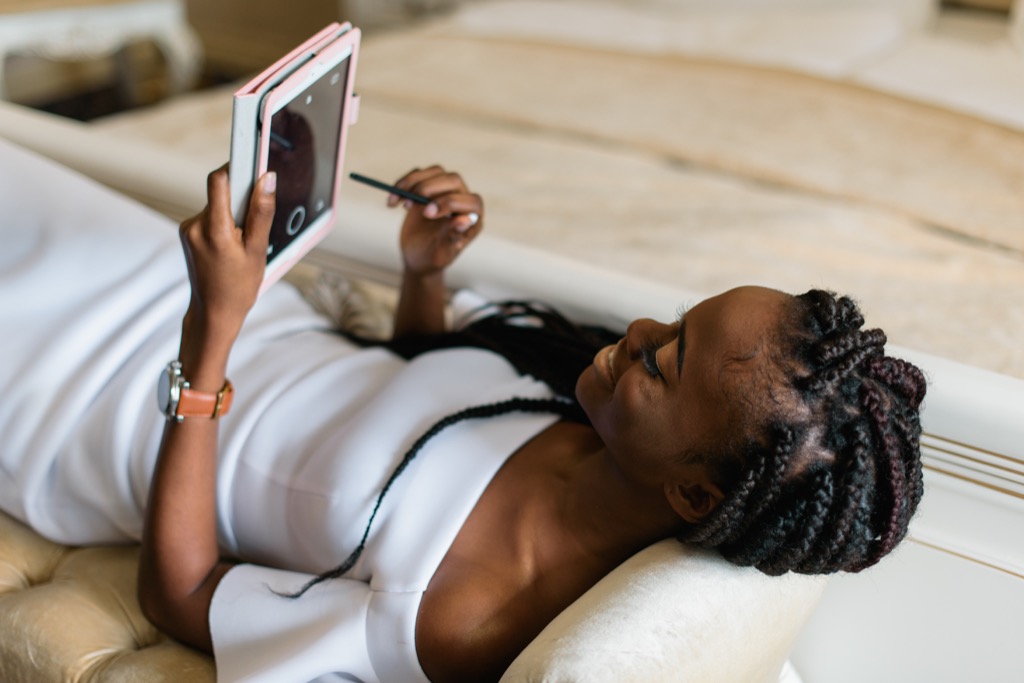
Keeping a kid entertained during a road trip involved a bit more creativity decades ago than just handing them a tablet. "When I was younger, we would play number car games with our parents," said Illinois native Christopher Trifilio. "My father would think of a number between one to 100 and we would guess. He would say 'higher' or 'lower' until we got it right."
"When we took plane trips, we always brought books and a whole backpack full of coloring books, crayons, and colored pencils. It was fun to be creative," Trifilio remembered. "Each of us would try to demonstrate we were the best at coloring. Then we'd draw pictures of each other, which usually resulted in a lot of laughs since none of us were artists."
The short of it is, kids had to entertain themselves. "I remember spending all of my time looking out the large windows of our car to see what I could see," remembered Laura Warfel of Chicago. "If we happened to be driving at night, I would boost myself up so that I could look up at the moon and stars."
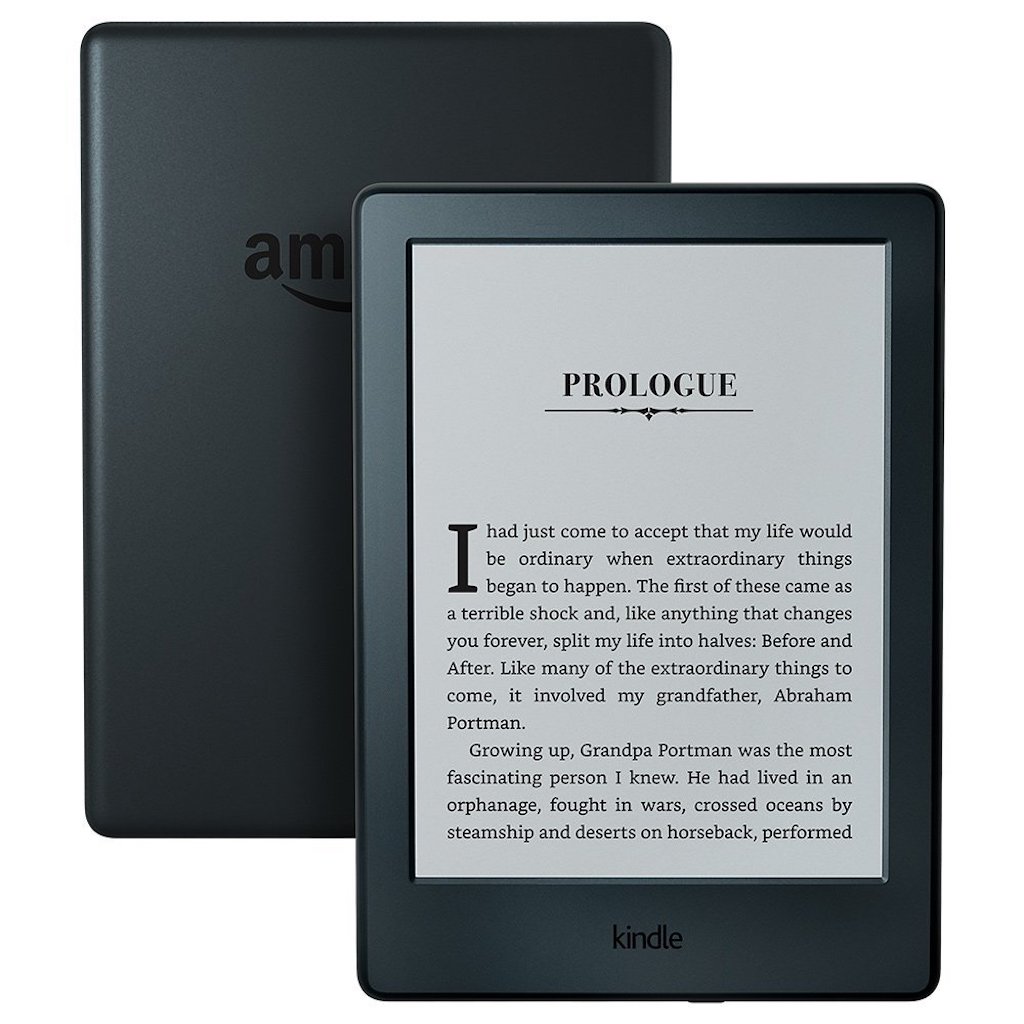
There was also no reading during a car or plane trip unless you remembered to pack a physical book. And if you didn't own one, you had to head to the library. "Books came in all sizes and you could borrow them from a library," remembered Cefola. But finding that perfect book required an understanding of how they were arranged in a library. "Library books were arranged by the Dewey Decimal System—a system of numbering to put books in their respective genre," Cefora explained.
Chris Coleman, a librarian based in Thousand Oaks, California, provided the following explanation on Quora. "For every single piece in the collection, a paper card is typed up with the item information. … For a patron to locate an item, they look at the files and sort through the cards," he noted. "When a patron finds a card matching the selection they want, they can use it to locate the item in the collection. They then bring both the card and the item to the circulation desk, where they take the card and place it in a dated file, insert a dated due-date card, and return the item to the patron."
Clearly, the Kindle was just the stuff of science fiction in those days.

Tracking your fitness in the 20th century was far less precise than we've become accustomed to today. "The only time I ever tracked my fitness was at the gym," recalled New Yorker Ron S. "That's the only time I even wondered how many steps I was taking or anything like that. And my heart rate, gosh, I don't think I ever thought about it. That's something your doctor checked during an annual exam. It's not something you monitored every day. That would have been crazy to us."
Cefola said that most of the people she knew during those pre-fitness tracker days "weren't as dedicated to exercise. It was a weight-loss tool rather than healthy living. There were private gyms that you could belong to and use their equipment, like Jack LaLanne or Vic Tanny's, or you could buy a small set of dumbbells for home use. But walking and home exercise were for 'health nuts' and bodybuilders."

A New York Times story on "space age clothing" from 1983 included a headband made with a "lightweight insulating material and a special cooling gel" that could "lower the temperature on a forehead by 30 degrees and thereby help reduce perspiration loss and the discomfort of strenuous exercise."
But according to the headband's inventor, customers weren't actively looking for sweat-repelling workout clothing. "People walk into Bloomingdale's and see one of my headbands for $14.95 and they think it's just a headband," he told the Times. "They don't know it's a cooling system."
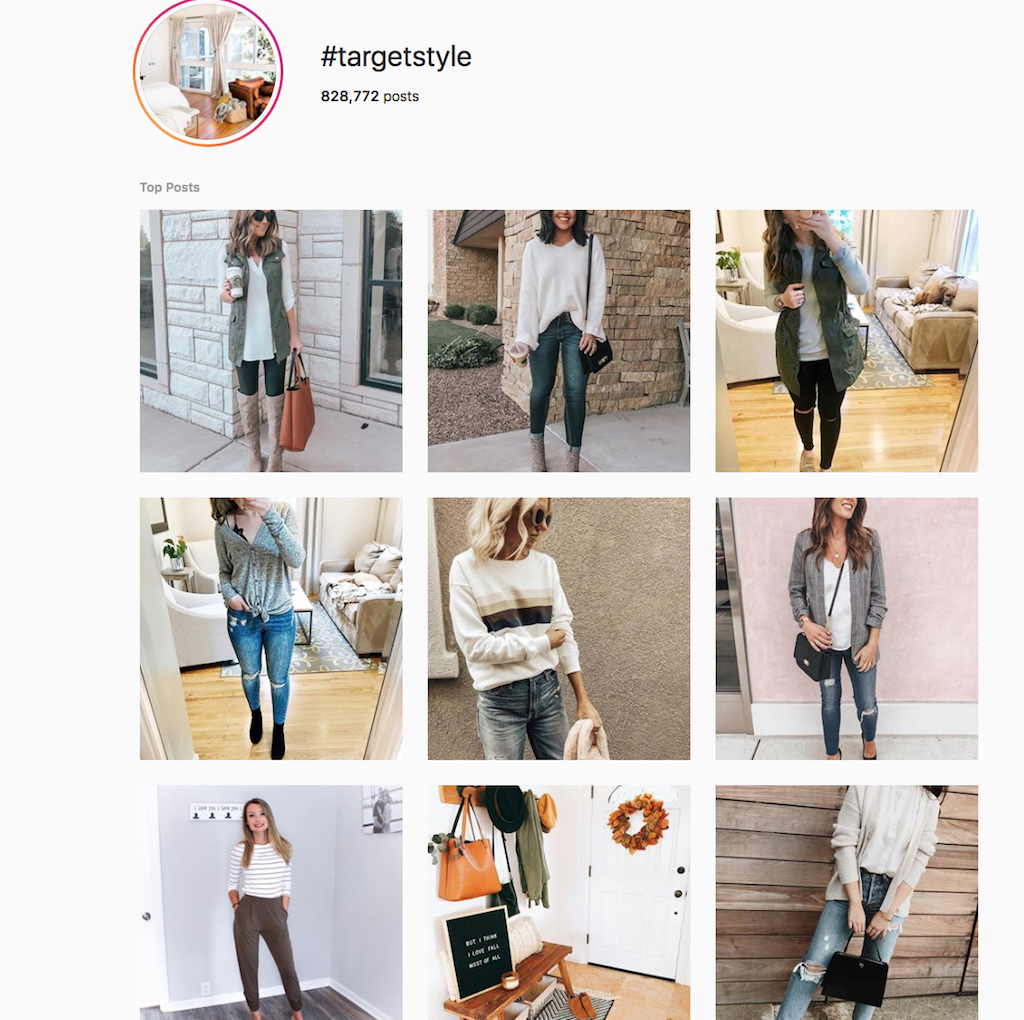
"We learned what was the cool new thing to wear by reading fashion magazines or watching music videos," said Heather G. of Winston-Salem, North Carolina. "But probably the most immediate way we learned about what was fashionable was the department stores."
Major chains like Hudson's, Marshall Field's, Macy's, T.J.Maxx, JCPenney, and Montgomery Ward didn't just provide the latest clothing brands, they also served as style gurus. "My daughter laughs at this, but I really did make a lot of my fashion choices based on what the mannequins at Montgomery Ward were wearing," Heather said. "The store put a lot of effort into creating these dioramas. The mannequins would be interacting, so it was easy to fantasize that this was what your life could look like. It really was the Instagram of its time."
Some people, like Warfel, had a more personal relationship with their local clothing stores. "My mom would take my sister and me into a store, and we would know the sales ladies by name," she said. "The sales lady brought us different sizes and also other outfits that she suggested for us to try on. We relied on certain name brands for quality and style, and sometimes for social status."

If you wanted to stay in touch with loved ones who didn't live close by in the 20th century, and a phone call didn't have the intimacy you wanted, there was no FaceTime to solve your problem. But there were other ways to feel connected to those living far away.
"I remember when I was in high school, we would record messages of us singing in tape recorders and send those small cassette tapes by mail to my brother and aunt, who lived abroad," remembered Marita, who lives in Winnipeg, Canada. "They said they felt happier and their longing for family was eased with our letters and recorded messages and songs."
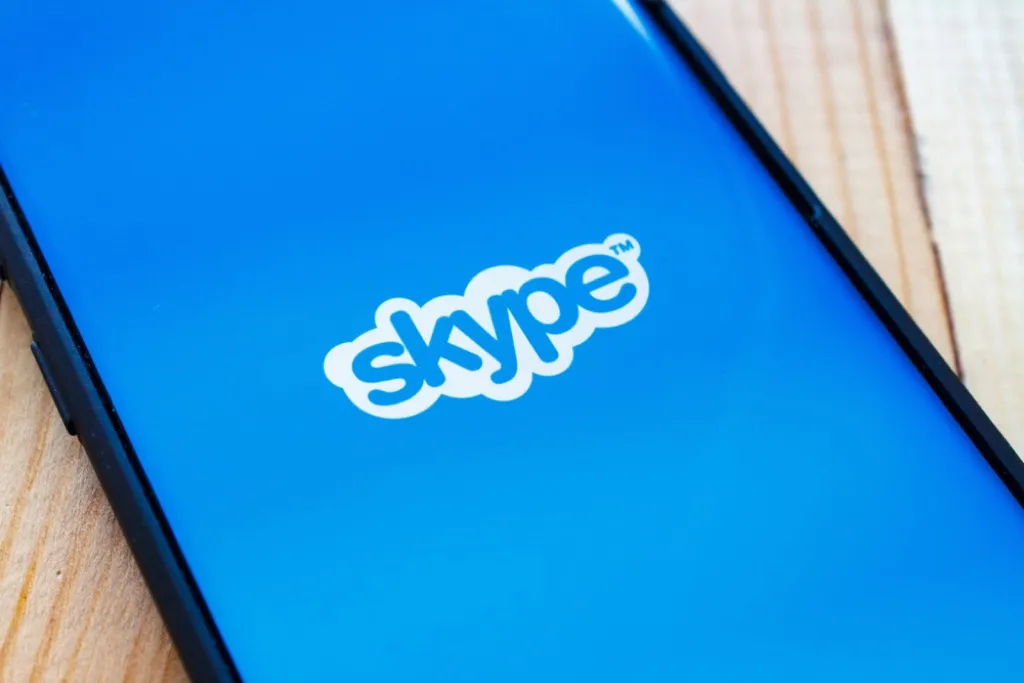
Phone call fees were often based on distance—the closer you lived to the person you were contacting, the cheaper the call. "The first minute was always the most expensive," one blogger recalled on Flashbak. "Long distance rates were so steep that you could fill your tank up with gas for the price of talking on the phone for an hour."
The other factor was the time of day. Calls were cheaper on weekends and late at night. "In most homes, long distance was forbidden except on weekends," the blogger wrote. "If you absolutely had to call on a weekday, it would have to be late in the evening and you'd have to make it super quick. … I recall having to wait until 10:00 p.m. on Sunday night to call relatives, and the bill typically added up to $17 for an hour, which was a lot of money back then!"
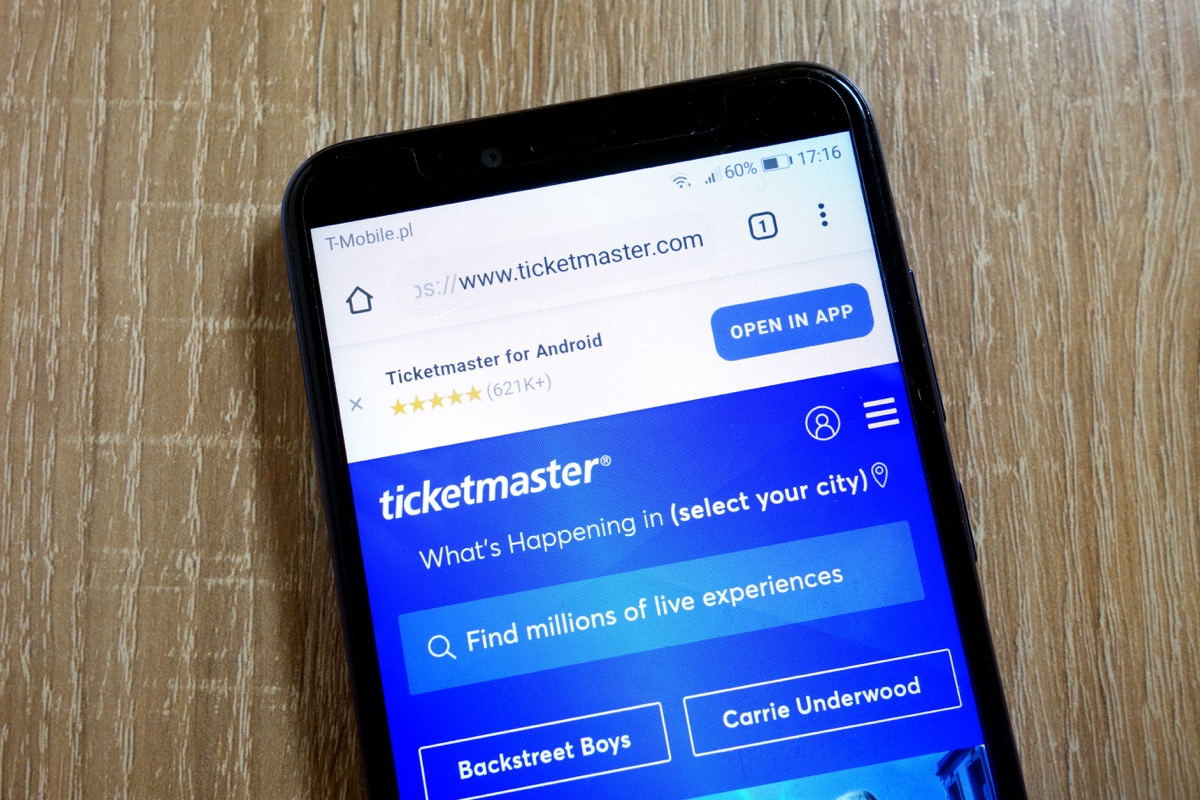
Today, we all know how frustrating it can be to wait for your digital spot in line when tickets go on sale for your favorite artist's tour. But just a few decades ago, it was an entirely different experience. You had to go to an actual retailer, like a record store or a venue's box office, to get tickets. Scott Hudson, a music critic in Sioux Falls, South Dakota, wrote about desperately wanting to see Bruce Springsteen in the 1980s in Lincoln, Nebraska. "The day before [tickets] went on sale, a buddy and I made the four-hour journey and discovered we were (approximately) number 1,800 in line," he noted.
The box office opened at 10 a.m. and even with "10 or so clerks selling tickets," they still didn't make it to the front of the line until around 6 p.m. That's because "you'd point to a spot on the venue floor plan, and [the clerks] would go see if there were any tickets in that section. You'd repeat this process until you found open seats you were willing to live with. They weren't even updating these sheets to show what areas were sold out." The only other ticketing option was even riskier. "Giant tours generally utilized a mail order lottery system," Hudson explained. "You'd send in a money order and return envelope, and every day you'd wait by the mailbox to see if you made the cut."
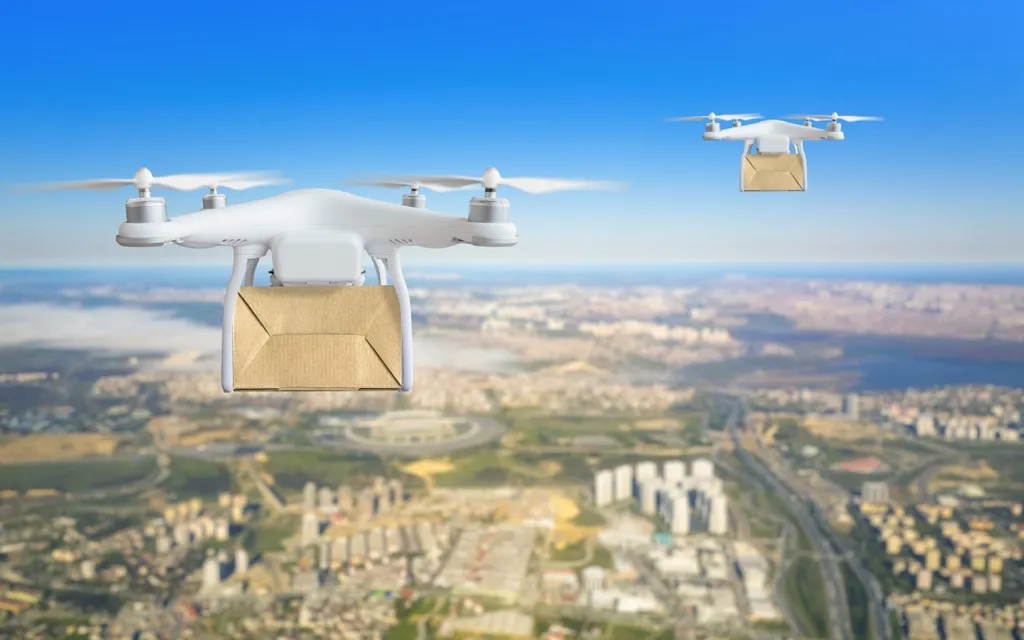
As cinematographer Royce Allen Dudley explained on Quora, aerial photography used to be achieved with helicopters and occasionally fixed-wing aircrafts. "In some instances, the camera was nose- or side-mounted inside a transparent aerodynamic sphere, gimballed, and controlled remotely by joysticks from the passenger seat," Dudley wrote. "Most good camera pilots are/were veteran combat pilots. Their finesse at the helm to put the lens where [necessary] was awesome."
The process wasn't just difficult, but dangerous as well. There was a high mortality rate for aerial film crews, Dudley noted. In fact, it was "maybe the most dangerous job in cinema, other than those of the stunt brothers and sisters."

Any family in the 20th century that wanted 'round-the-clock access to tons of information couldn't simply hop on the internet. As an Orlando Sentinel reporter explained in the late '80s, families would invest in a huge set of encyclopedias that were "hardback volumes with gold-lettered bindings and pseudo-Greek titles, such as Encyclopedia Britannica and Encyclopedia Americana." And they weren't cheap. The price ranged between $300 to $1,500. There were even door-to-door salesmen who used "high-pressure sales tactics" to hawk costly encyclopedias.
During dinnertime arguments, Karen from Montana remembers using her family's encyclopedias to solve problems "like, 'Do bananas grow up or down?'" "We'd discuss the problem, someone would then decide to solve the issue by dashing for the encyclopedias, and guessing if the answer would be under B for banana or F for fruits," she recalled. Just flipping through an encyclopedia would "introduce us to other topics of conversation, and away we would go down the rabbit hole of learning… together."
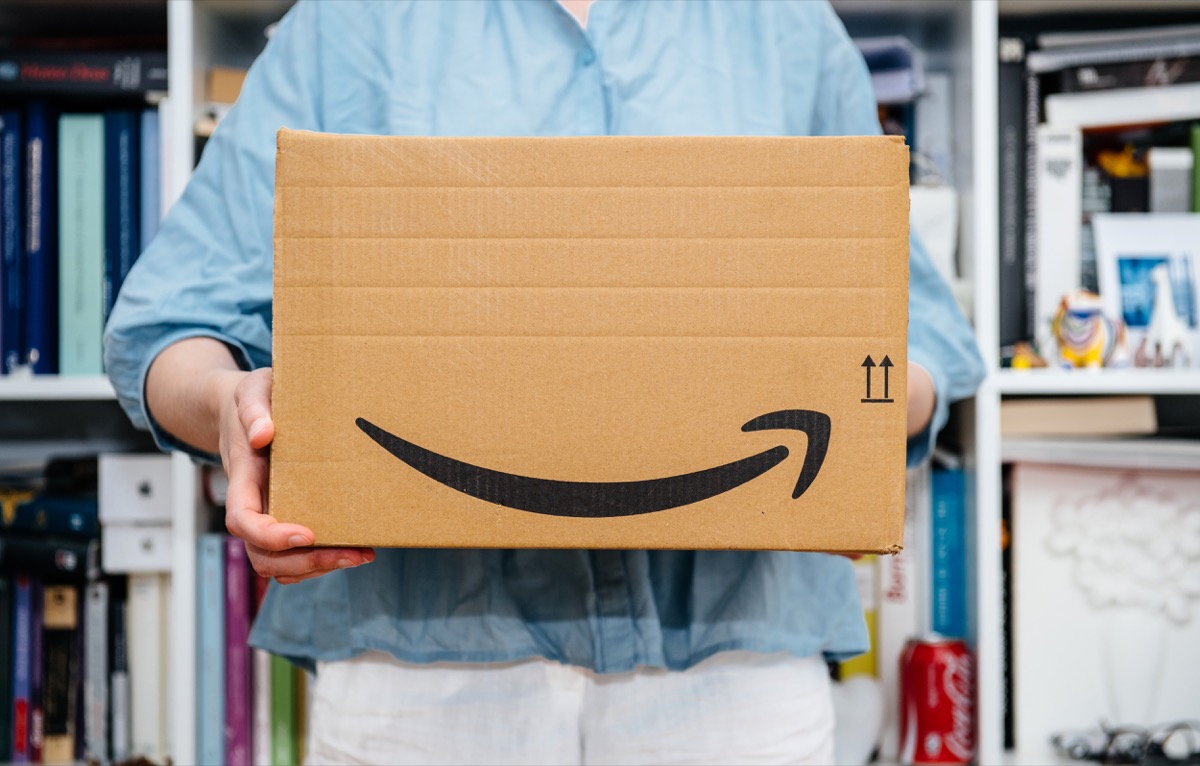
Before you had every single item imaginable at your fingertips and needed a random knick-knack, you headed to the local dime store. "The dime store was once an innovative concept in retailing. Shoppers could find a variety of everyday goods at low prices. Stationery, sewing notions, toys, health and beauty aids, dishes and some apparel remain the staples of the variety store," wrote an L.A. Times reporter in 1988.
"If somebody really wants a purple zipper, he can go to his dime store,"Marvin A. Smith Sr., executive vice president of the National Assn. of Variety Stores, said at the time. "And if he doesn't have it, he will order it for you." On top of that, dime stores served grilled cheese and malt milkshakes. Can Amazon do that? And for some special online finds, check out the 27 Gorgeous Handmade Items You Can Buy on Amazon.

Maintaining your social circle required a bit more effort for past generations. In the 20th century, "you had to call someone on the phone and then make plans to meet them," recalled Cole. And if you missed the call, that person could eventually fall out of your life, for better or for worse. John P. from St. Louis added, "You could go years, decades even, without ever hearing from your old high school friends or a distant cousin that lived six states away or all your ex-girlfriends. You had no obligation to interact with any of them. It was amazing."
And if there was information you wanted someone to hear, you had to say it to them directly or pass it along via a third party. "If there was a meeting or a reunion, you'd just tell two or three people and let them pass the news verbally," remembered Marita. "Or we'd go from house to house to let people know the meeting time and place. It was a personal thing. We communicated face to face."
Even when the internet was introduced in the 1990s, social media didn't work like it does today. "When I was a kid, we also had Bulletin Board Systems, which were the ancestor of the internet," said Cole. "You'd call a computer with your computer, connect up, and leave a message on a computer board that everyone could read. This was a great way to have group chats." And for more on social media communication at its worst, check out the 30 Lies Everyone Tells on Social Media.
To discover more amazing secrets about living your best life, click here to follow us on Instagram!











